drag badge here
Wanadran
gamer level 4
2543 xp
2543 xp
followers
2
2
Use my invite URL to register (this will give me kudos)
https://boardgaming.com/register/?invited_by=wanadran
profile badges

...
...
...
recent achievements

Advanced Grader
Grade 100 more reviews or tips by clicking "Yes" or "No" in response to the question "Was this helpful?"
Grade 100 more reviews or tips by clicking "Yes" or "No" in response to the question "Was this helpful?"

Noble
Gain 2 followers
Gain 2 followers

I'm a Real Player!
Claim that you have played a game today by clicking the "Played Today!" button on a game page 25 times.
Claim that you have played a game today by clicking the "Played Today!" button on a game page 25 times.

Explorer - Level 3
Earn Explorer XP to level up by completing Explorer Quests!
Earn Explorer XP to level up by completing Explorer Quests!








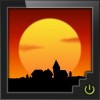



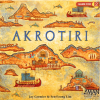
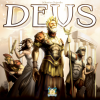

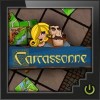
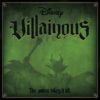


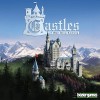


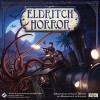

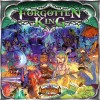
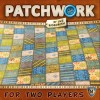
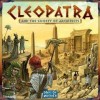


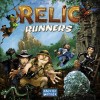
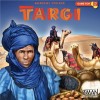















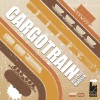

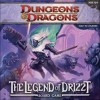


Forbidden Island
Forbidden Island is a cooperative game that pits the players against a sinking island in a mad dash to collect 4 treasures. While it seems easy at first, the difficulty increases with each round and the island begins to sink quicker and quicker.
The Game
Setup
The game starts out by placing 24 island tiles in a cross formation (4×4 square with 2 extra tiles on each side) with the fully coloured side up. 8 of the tiles have a symbol of one of the 4 treasures on it; 2 tiles per treasure. More about those in a bit. The cards are split in to 3 groups; treasures, floods, and characters. The treasure cards are shuffled and 2 dealt to each player. These are kept face up so that everyone know what everyone else has in their hand. The character cards are shuffled and handed out at random. Extra character cards are set aside. The character cards determine the colour of the player’s meeple (which is placed on the respective starting spot), as well as gives the player a special ability (ie: blue/pilot is able to move their meeple to any island square once per turn as an action). The flood cards are shuffled and six are drawn one at a time. The tiles that are shown on the cards are flipped over to the blue-and-white coloured side to show they are flooded. The cards are placed face up in a flood discard pile. The water level marker is placed at the appropriate notch on the marker card.
Gameplay
The player who last visited an island is the one to start. Play progresses in a clockwise fashion. Each player then progresses through 3 phases in their turn; Action phase, Treasure phase, and Flood phase. During the action phase a player may 1) “shore up” or flip over a flooded island tile that is directly above, below, to the left, to the right, or they are on as an action; 2) give a treasure card to another player who is on the same tile as they are; 3) move their meeple up, down, left or right one tile; or 4) capture a treasure on a tile if they have 4 matching treasure cards in their hand. 3 actions are available to a player per phase and each of the above counts as an action. The player doesn’t have to do all 3 actions, but that is the limit for a turn.
During the treasure phase, the player draws 2 treasure cards. If a “water rises” card is drawn, the flood discard pile is shuffled separately from the other flood cards and placed on the top of the undrawn flood deck. The water level marker also moves up one notch. Otherwise, the player keeps their cards, up to a maximum of 5 cards. When a player has 4 of one type of treasure card, they are able to trade them in for that specific treasure during the action phase if they are on that treasure’s tile.
During the flood phase, the player draws the number of flood cards that are indicated on the water level marker card. If the card shows a tile that is full coloured, the tile is flipped to the blue-and-white side and the card is placed in the flood discard pile. If the card shows a tile that is already blue-and-white, the tile and card are removed from the game permanently, thus creating a potential gap in the game board.
This ends the player’s turn and the next player starts their turn.
Winning or Losing
The game is won when every treasure is collected and the players are evacuated from the island. If at any point a treasure cannot be collected or a player’s meeple is removed from the game board due to a tile disappearing, the players all lose.
Components
The tiles are made of thick durable material and the treasures/meeple are made of durable plastic. The cards are also of good quality. The box is well sectioned so every piece has a place. All of this comes together to provide great quality of components.
Replay Value
Due to the random placement of the tiles and selection of the special abilities for the players, the replay value of the game is quite high. The chances of playing an identical game is extremely rare.
Ease of Learning
The game unfolds quickly and is very intuitive in how it is played. This makes the game very easy to learn.
Final Thoughts
This game is well put together. While the randomness of the tiles can lead to more replay, it can also lead to quick games. For example, in one game all of the treasure tiles ended up around the evacuation point allowing us to ignore the peripheral tiles and only focus on shoring up a select few. All in all, this game will be pulled out more often due to the quick play time and randomness of the board.